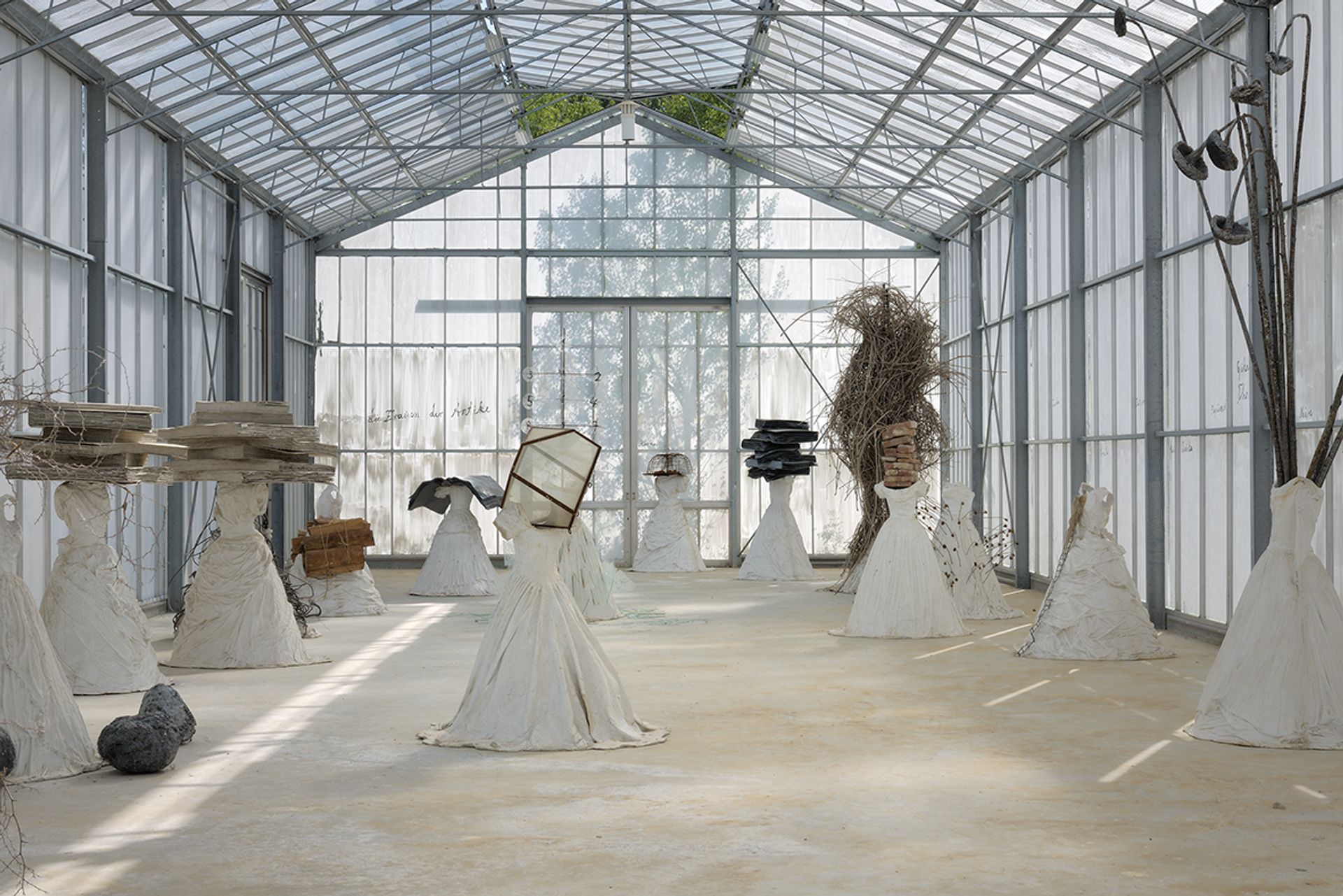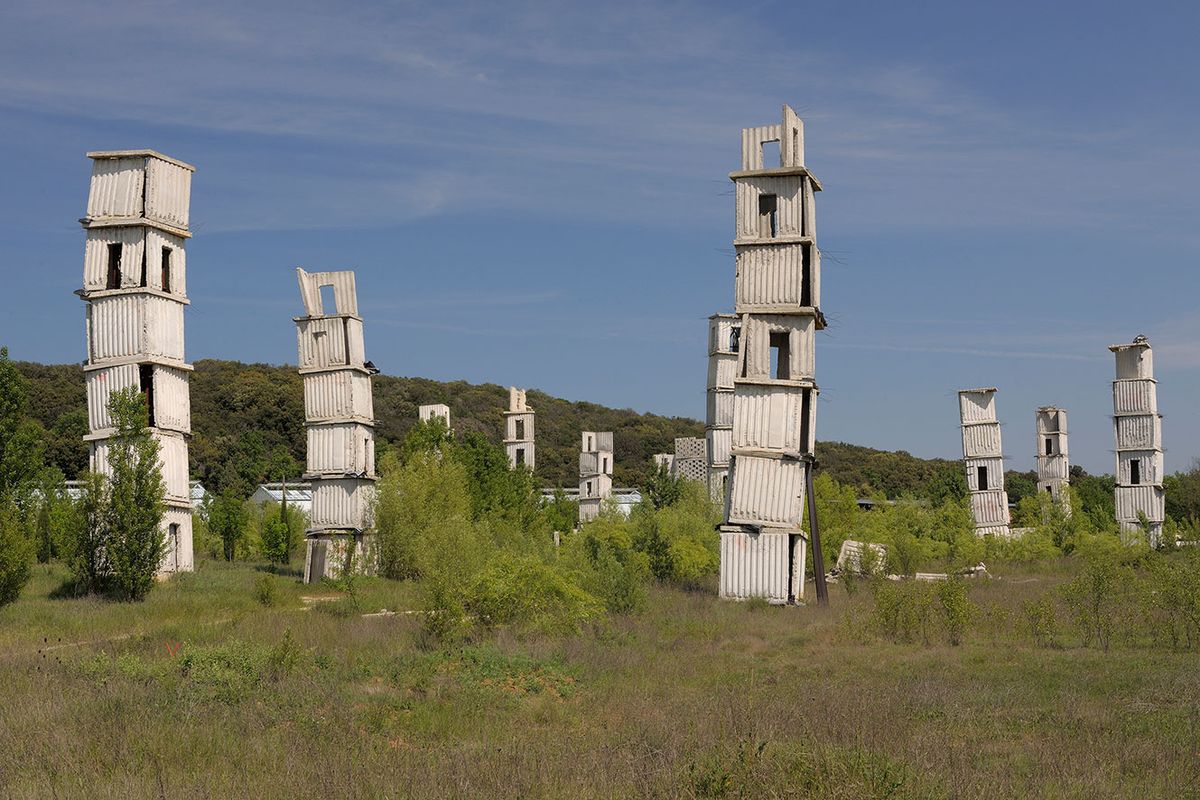Anselm Kiefer’s vast studio complex in Barjac in southern France, which has been likened to a “human ant hill”, has finally opened to the public after years of planning. Visitor numbers to the site, known as La Ribaute, will be capped. “The objective of the Eschaton-Anselm Kiefer Foundation, which runs La Ribaute, is to ensure access to the public—rather than mass tourism—over the years to come,” says Janne Sirén, the president of the foundation’s board of trustees, and also the director of the Albright-Knox Art Gallery in Buffalo, New York. “There is a lot of walking involved in visiting La Ribaute; it’s over 40 hectares,” he says.
In 1992, having left Germany, Kiefer acquired La Ribaute, an old silk factory in Barjac. The site developed organically, comprising buildings, outdoor art installations, subterranean chambers and a five-level concrete amphitheatre. The artist lived at the 40-hectare site, 70km north-west of Avignon, until 2007, after which he relocated to a new studio space at Croissy on the outskirts of Paris.

Anselm Kiefer's studio complex: La Ribaute. Photo: Charles Duprat © Anselm Kiefer.
“There are several art installations in the landscape interconnected by paths as well as underground tunnels that the artist has designed,” says Sirén. “Barjac has continued to be a secondary studio, especially in the summer season. You might compare the foundation in concept to Marfa [the small city in Texas that has become an arts hub]; it’s an artist space now owned by a foundation, the purpose of which is to preserve it for posterity.”
La Ribaute has grown, with more than 60 buildings and art areas, known as pavilions. “Mr Kiefer added his own touch with these art spaces; some of them have sculptures, some have paintings,” Sirén says. “In recent years, he has welcomed artists he feels kinship with to contribute permanent installations to the ecosystem of La Ribaute, starting with Wolfgang Laib in 2014. Monica Bonvicini, the latest contributor, will unveil her work in July.” Laurie Anderson and Valie Export have also provided works.

The amphitheatre in Anselm Kiefer's studio complex: La Ribaute. Photo: Charles Duprat © Anselm Kiefer.
The project reflects Kiefer’s “trans-national” approach, says Sirén. A project statement outlines how the Eschaton-Anselm Kiefer Foundation symbolises “Kiefer’s interest in the unity of Europe and the constant exchange between cultures”, encompassing three countries: Austria (the foundation headquarters), Germany (the artist’s birthplace) and France.
“Extraordinarily generous”
Admission to La Ribaute, open during the summer months, costs €25, though Barjac residents enter for free. “Mr Kiefer has been extraordinarily generous towards the foundation in providing not just the core physical asset but also extensive financial resources. The ticket revenue partially covers our operating costs and there are the usual fundraising routes, but this has all hinged on Mr Kiefer’s generosity in providing operational funding.”
Kiefer has meanwhile taken over the immense Sala dello Scrutinio at the Palazzo Ducale in Venice, showing a series of paintings inspired by Italian masters such as Tintoretto and Andrea Vicentino (until 29 October). The enormous works incorporate zinc, lead, gold, clothes and parts of shopping trolleys. “My hope is that the works find a home where they can stay together as a magnificent ensemble,” says Sirén. A spokeswoman for Kiefer’s gallery, Gagosian, says that the future of the paintings is currently undecided.


